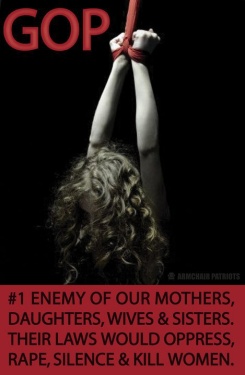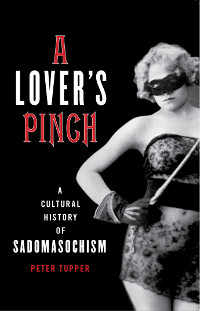Here’s an interesting paper on the results of a survey of people’s subjective experience to pornography. The researcher assembled about 70 porn images and asked people to comment on how they responded to the images and what they fantasized about in response to the images. (I participated.)
In an argument loosely based on Mulvey’s concept of the male gaze, it has long been assumed that the subjective experience of pornography involved either the viewer’s sexual domination of the subject, or else the viewer adopting a like surrogate for the same end. In fact, these modes of encountering pornography appear to account for slightly less than one-third of responses to this survey. Even if we look only at responses in which the viewer is present in their narrative of the image, these simple modes account for only 63% of all responses. More surprisingly, from the traditional viewpoint, there is almost no difference in that rate by gender.
The takeaway is that, instead of a simple “male gaze”, people had a highly complicated and variable way of relating to images. Sometimes they are omniscient observers, sometimes they insert themselves into the image, sometimes they take the position of one of the people in the image. People spun elaborate scenarios about the action and experiences of the people in the image, based on the tiniest of cues in the image or the absence of details.
This suggests that people don’t take the pornographic image “straight”: they add a huge amount to the experience from their own imaginations and memories. When we read text, we complete the experience with our own minds, but it may be that we do when we see images, and that no two people see precisely the same image. People have active imaginations (not only sexual) and we cannot attribute the content of their fantasies solely to their media intake.
Anti-porn theorists generally posit that pornographic images encourage or foster imitative behaviour in the viewer, but this study suggests that it’s a lot more complicated. The viewer may select a woman who is injured or bound in order to fantasize about rescuing or healing her.
Another interesting point is the difference between putting a fantasy character in a “peril” situation, in which something bad is threatening but hasn’t happened yet and from which they could be saved, and outright violence or snuff scenarios.
This might have something to do with the hurt/comfort trope in slash fanfiction, in which one character in the story is physically or mentally injured and the other heals or tends to the first, creating an opportunity for physical/emotional intimacy. (Of course, this could also be read as an opportunity to indulge in latent sadism, displaced onto another character.) In the film of The Sheik, the Valentino character starts out masterfully masculine, but the emotional climax of the film comes when he is injured and prostrate before his female love interest.
This ties into Freud’s essay “A Child is Being Beaten”, which talks about the mobility of the fantasizer’s point of view in flagellation fantasy, and Anna Freud’s essay on fantasies in which they are constantly re-edited by the fantasizer. (More on this later.)


